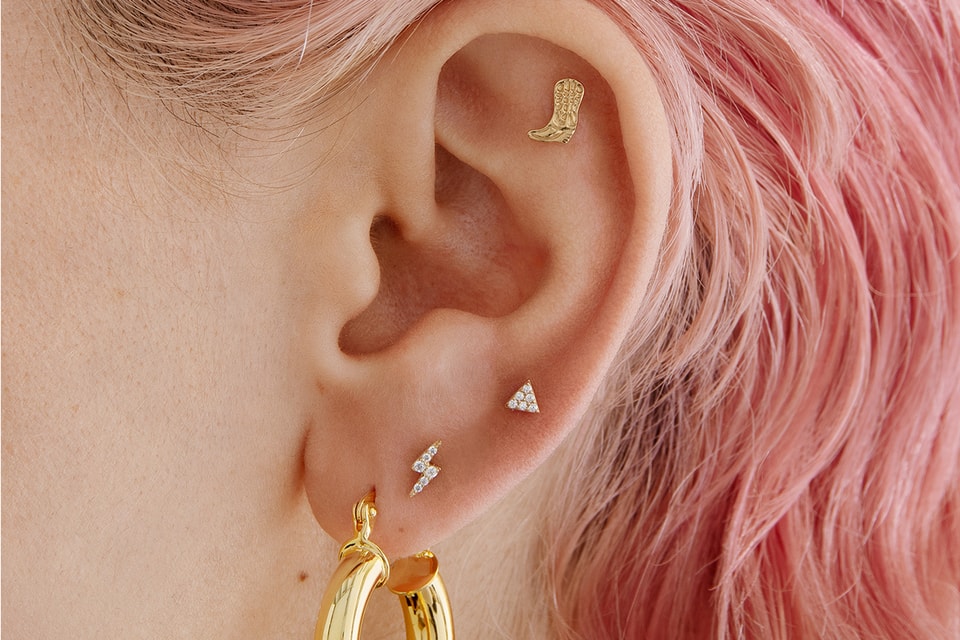
The diamond industry has always been shrouded in mystery and exclusivity, with diamonds often being associated with luxury and wealth. However, recent years have witnessed a significant shift in the diamond industry, with the advent of lab-grown diamonds.
Lab-grown diamonds, also known as synthetic diamonds, are man-made diamonds that are created in a laboratory setting using advanced technological processes that mimic the conditions in which natural diamonds are formed in the Earth’s mantle. These diamonds have the same physical, chemical, and optical properties as natural diamonds, making them virtually indistinguishable from mined diamonds.
Lab-grown diamonds are created using two primary methods: High-Pressure High-Temperature (HPHT) and Chemical Vapor Deposition (CVD). The HPHT method involves subjecting a diamond seed crystal to high pressure and high temperature conditions, which cause carbon atoms to bond together and form a diamond crystal. On the other hand, the CVD method involves depositing carbon atoms onto a diamond seed crystal using a chemical vapor deposition process.
One of the biggest advantages of lab-grown diamonds is their ethical and environmental credentials. Unlike mined diamonds, which are often associated with human rights violations and environmental damage, lab-grown diamonds are created in a controlled environment with minimal impact on the environment. They are also free from the ethical concerns that often accompany mined diamonds, such as the use of child labor, forced labor, and conflict financing.
In addition to their ethical and environmental credentials, lab-grown diamonds offer consumers greater choice and affordability. Natural diamonds are rare and finite, which means that they are priced at a premium. Lab-grown diamonds, on the other hand, are created in a controlled environment, which means that they can be produced in large quantities and at a lower cost than mined diamonds. This makes them an attractive option for consumers who are looking for a more affordable diamond without compromising on quality or beauty.
Another advantage of lab-grown diamonds is their versatility. They can be created in a variety of colors, including white, yellow, pink, blue, and green. This allows consumers to choose a diamond that suits their personal style and taste. In addition, lab-grown diamonds can be created in a range of sizes and shapes, including round, princess, cushion, and emerald, making them a versatile choice for a wide range of jewellery designs.

Despite the many advantages of lab-grown diamonds, there is still some scepticism surrounding their value and authenticity. However, lab-grown diamonds are rigorously tested and graded using the same standards as natural diamonds, ensuring that consumers can be confident in their quality and authenticity.
Lab-grown diamonds are a relatively new phenomenon, but they are already disrupting the diamond industry. They offer consumers an ethical, environmentally-friendly, affordable, and versatile alternative to mined diamonds. As consumer awareness of lab-grown diamonds continues to grow, it is likely that we will see a significant shift in the diamond industry, with lab-grown diamonds becoming an increasingly popular choice for consumers around the world.
In conclusion, the world of lab-grown diamonds is an exciting and rapidly evolving one. Lab-grown diamonds offer consumers a more ethical, environmentally-friendly, affordable, and versatile alternative to mined diamonds. As technology continues to improve and consumer awareness of lab-grown diamonds continues to grow, it is likely that we will see lab-grown diamonds become a more mainstream choice for consumers around the world.





